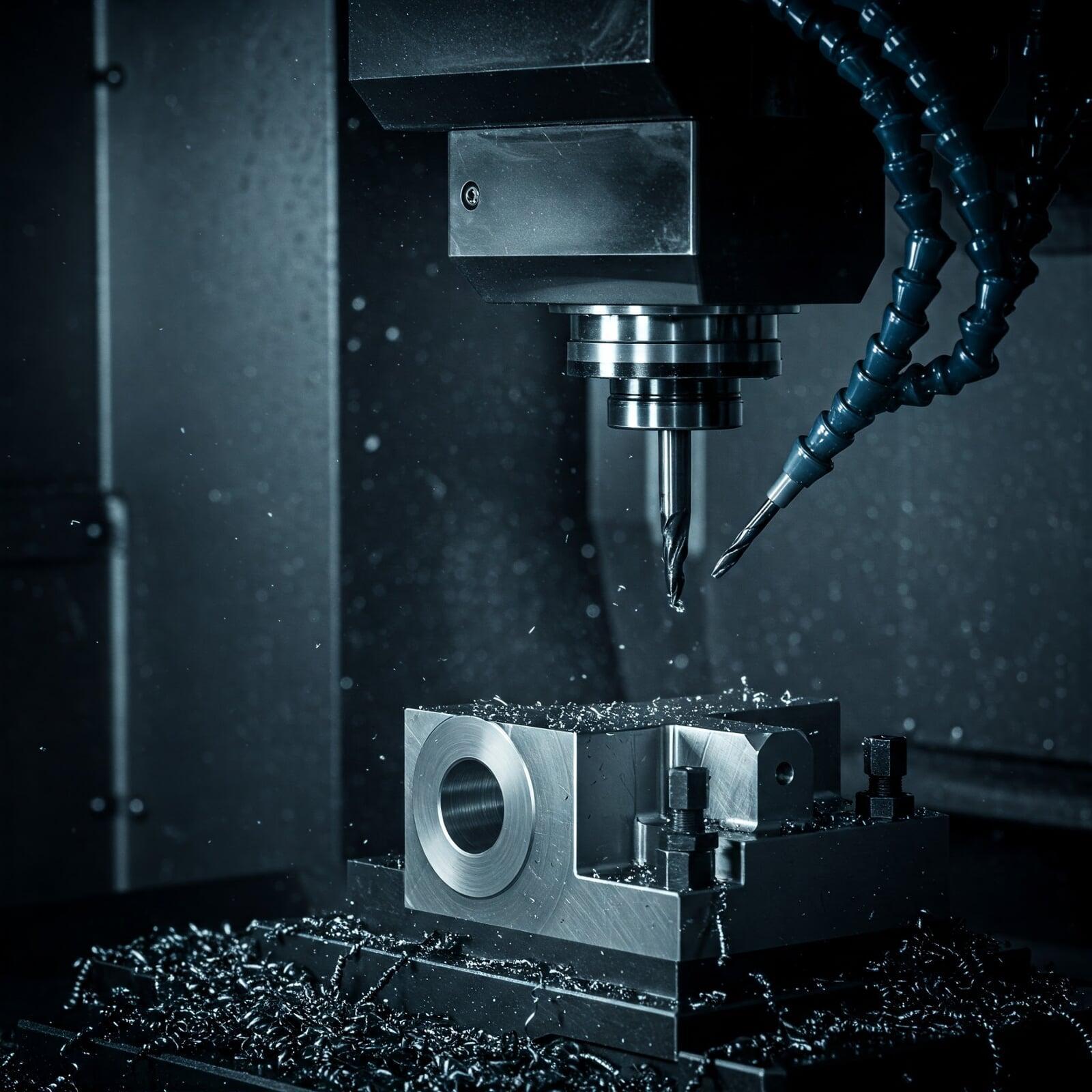Designing for CNC Machining: Key Guidelines and Tricks of the Trade

CNC machining is one of the most versatile and widely used manufacturing processes available today. From aerospace components to consumer products, CNC-machined parts are all around us. But to get the best results—lower costs, faster lead times, and high precision—it’s important to design parts specifically with CNC in mind. Whether you’re a mechanical engineer, product designer, or entrepreneur prototyping a new product, here are some essential guidelines and tips to help you design better for CNC machining.
1. Understand the Basics of CNC Capabilities
Before diving into specifics, it’s important to understand what CNC machines can (and can't) do:
CNC mills and lathes can achieve tight tolerances, but some features are inherently more difficult to machine than others.
Multi-axis machines can cut complex geometries, but at a higher cost.
Tooling affects design feasibility—small end mills can create tight radii, but are slower and more prone to breakage.
2. Follow Design-for-Manufacturability (DFM) Principles
When you design a part for CNC, it’s not just about geometry—it’s about how easily (and cost-effectively) it can be made. Here are key DFM guidelines:
Minimize Deep Cavities: Deep pockets or cavities require long tools, which increase deflection and vibration. If unavoidable, consider increasing corner radii and reducing depth where possible.
Add Generous Fillets: Internal sharp corners are hard to achieve with round cutting tools. Design with fillets (ideally equal to or greater than the radius of the cutting tool) to reduce machining time and wear.
Avoid Thin Walls: Thin or tall walls tend to vibrate or deflect during machining, which can cause chatter marks or inaccuracy. Maintain wall thicknesses of at least 1/32” (~0.8mm), and preferably more.
Use Standard Hole Sizes: Standard drill bit diameters are faster and cheaper to use than custom-sized end mills. Stick to common fractions or metric equivalents.
3. Optimize for Tool Access
Think about how the tool reaches your part. Parts that can’t be accessed from a standard 3-axis setup may require flipping, fixturing, or 5-axis machining—each of which adds time and cost.
Design with Visibility: Imagine how a cutting tool will reach all surfaces—aim for “line-of-sight” toolpaths.
Avoid Undercuts in 3-Axis: These require specialized tooling or multi-axis machining. If needed, consider using T-slot cutters or redesigning to eliminate them.
4. Keep Tolerances Reasonable
High-precision tolerances increase cost and machining time. Don’t over-specify—apply tight tolerances only where they matter. A standard CNC process can hold ±0.005” (0.127mm) tolerances easily, and ±0.001” (0.025mm) with some effort.
5. Reduce Setup Time
Parts that can be machined in a single setup will always be cheaper and faster. Design flat surfaces for fixturing, and avoid features that require complex orientations.
Symmetry helps: Symmetrical parts are easier to fixture and reduce programming time.
Avoid multiple re-orientations: Try to keep all machined features on a few planes.
6. Material Considerations
Different materials machine differently. Aluminum is fast and forgiving. Stainless steel and titanium are tougher, require slower feeds and speeds, and increase tool wear. Plastics like Delrin or nylon are easy to cut, but can warp under heat.
Choose your material based on:
Mechanical performance
Surface finish
Machinability
Cost
7. Surface Finish Expectations
Machined surfaces have tool marks unless post-processed. For a better surface finish:
Use finishing passes with tighter step-overs.
Specify bead blasting, polishing, or anodizing if aesthetics matter.
8. Think Like a Machinist
Some of the best design decisions come from putting yourself in the machinist’s shoes:
Ask: "Would I be able to fixture this easily?"
Collaborate early with your CNC shop—they’ll help you avoid design pitfalls.
Don’t rely on trial and error. Use CAD/CAM simulations to catch unmachinable features.
Final Thoughts: Design for Process, Not Just Product
The best CNC designs aren’t just optimized for form and function—they’re optimized for process. A well-designed part reduces costs, shortens lead times, and improves consistency.
CNC machining is powerful—but when you pair it with smart design, it becomes unstoppable.
Got a part you'd like designed for machining by our Trustbridge Design team? Submit a design project.
Already have a well designed part or product you'd like to get manufactured using CNC machining or any of Trustbridge Manufacturing's other manufacturing services? Submit a manufacturing partner request.

